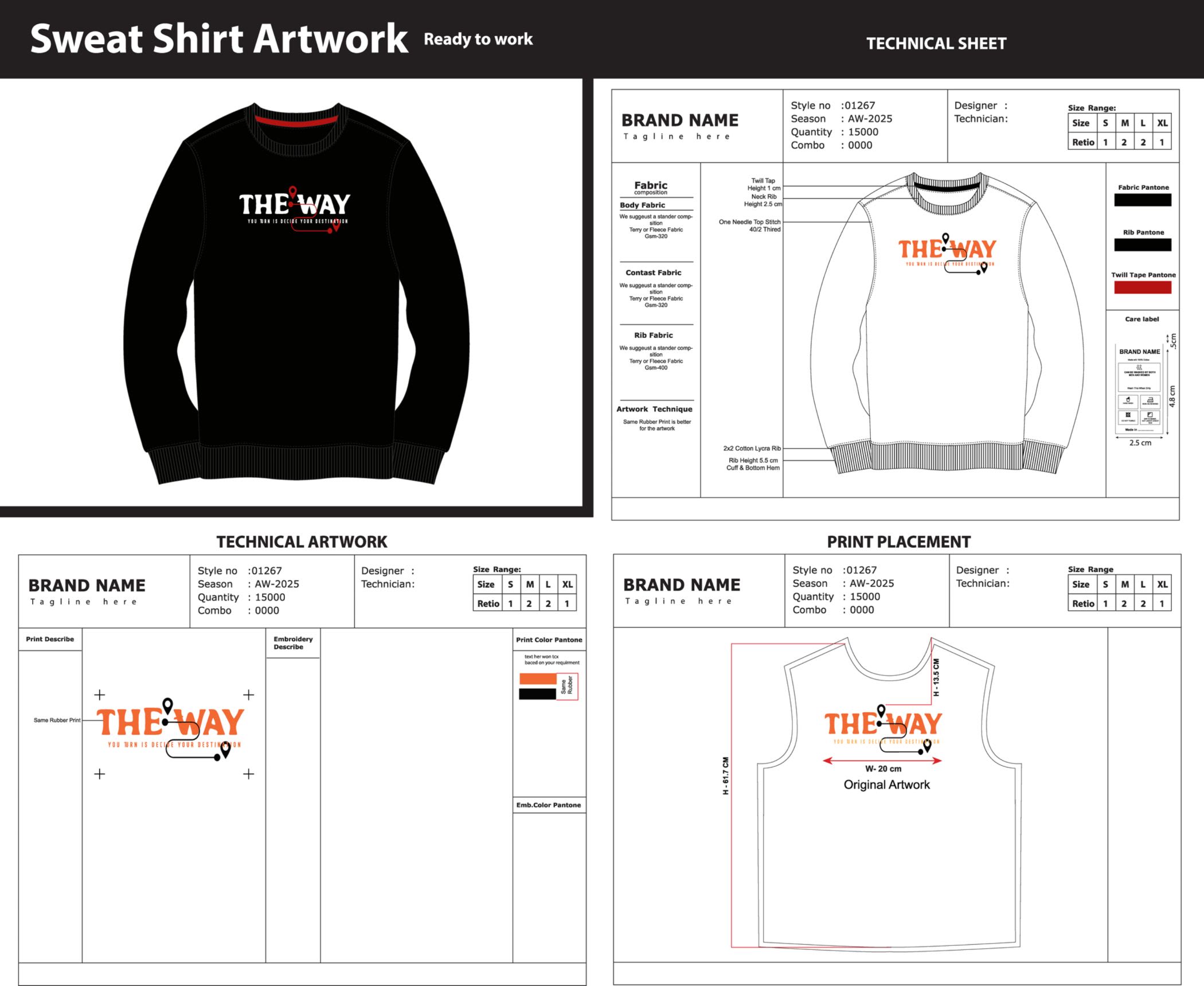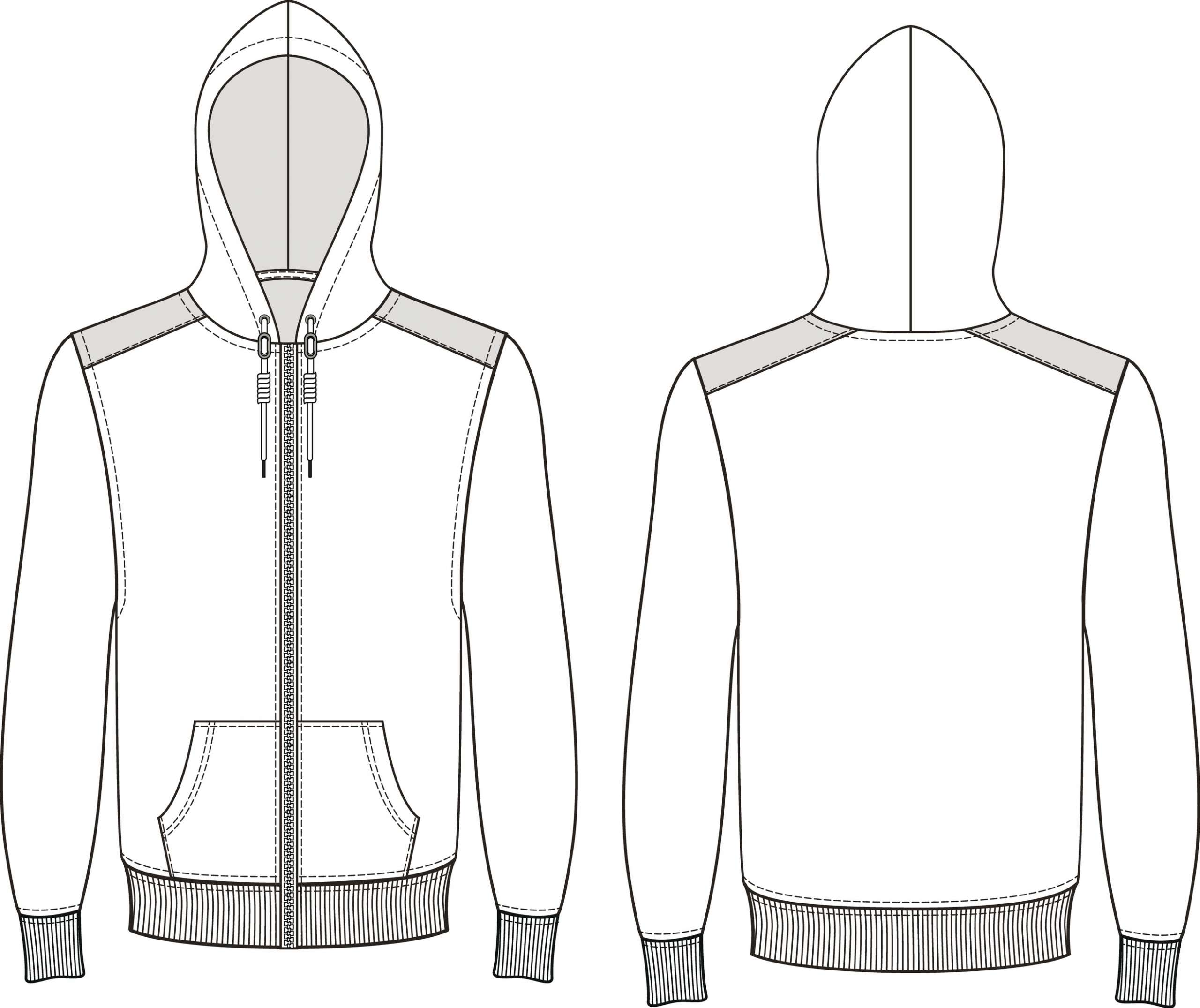5 Things You Should Know about Making Great Patterns

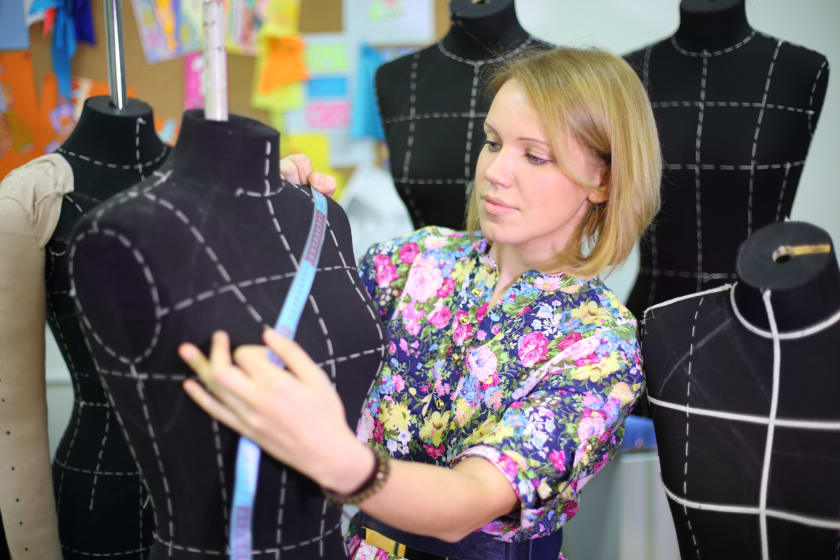

When it comes to producing a clothing line, you've probably heard a lot about photographers and seamstresses, but what about a pattern maker? In reality, a pattern maker is critical to the process of designing a clothesline from the ground up. They use their technical abilities and fashion industry understanding to ensure that the vision you have in your brain is accurately reflected in the finished product.
Use these five points of reference as a starting point! While you are free to concentrate on the more creative components of your clothing line, your pattern creator is focused on the specifics that will make or break your clothing line, such as decoration placement, how long sleeves should be, and the final production-ready silhouette. Essentially, they design the blueprints to serve as the foundation for your whole collection. That is a tremendous amount of responsibility! This is why it is critical to find a pattern creator who is exceptionally knowledgeable in their field. The question is, how do you determine what constitutes an excellent pattern maker?
1. Technical Expertise in a Specific Field
There is no one-size-fits-all technique when it comes to sewing and pattern creation. Each collection will have its own set of requirements for bringing it to life, which is where having someone competent in a variety of pattern-making techniques comes in helpful. As a result, the manufacturing process is more efficient, resulting in lower costs for you. Not to mention the fact that it has a far better quality finish.
Here are a few examples of typical pattern-making techniques:
Making a flat pattern is a skill that can be learned.
Take exact measurements from a figure or dress form, and then transfer those dimensions to paper to create a pattern. The ability to build different designs from a single pattern is really useful.
Drafting
Simply take dimensions from a fit model or conventional size presets and produce the initial drafts on paper before moving on to the computer.
Draping
Make use of a live model or mannequin, and then wrap the fabrics over the body, fixing them in a place where you choose. Seeing the design in "real life" on a human body helps you make any necessary revisions before proceeding with the final product.
As explained by Sewport, "Once you have the main template for your outfits, the following step is to develop different sizes for the garments." When you are pattern grading, you are just producing different sizes of your basic blueprint from the original one. Some manufacturers have standard grading rules, and it is in these guidelines you will find the usual store dimensions. For example, sizes 8 and above, as well as S, M, and L, and so on.
Because it is all about altering measurements so that each size resembles the ideal fit, arithmetic abilities are required throughout the grading process. Pattern designers must have a thorough grasp of these computations and the ability to use computer software design tools to improve accuracy. Technical expertise in a specialized field is required!
2. Paying Close Attention to the Details
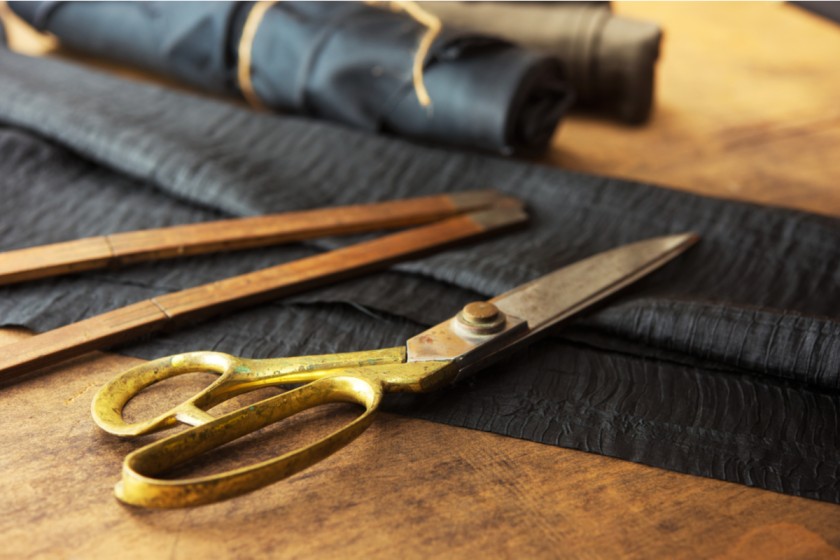
One little error in the measurement and the whole collection is thrown out of whack. When making your sewing pattern, your pattern designer must concentrate on the little details that demand extraordinary attention to detail, such as producing secure decorative stitching so that it does not come off easily or adjusting the length of the sleeves. As a result, it provides a more comfortable fit. You need someone with a wealth of knowledge and expertise to point out any flaws that may be causing clients to become dissatisfied.
Keep in mind that quality is key, particularly if you're in it for the long haul in the fashion industry. Building a strong brand reputation is essential for keeping consumers coming back for more, and you don't want to risk losing their confidence!
Small design defects can be caught and corrected, communication errors may be resolved by repeating the process, and proper measurement values can be confirmed by additional effort to ensure they are right. You want to make sure that your original patterns have no flaws. If you don't, you might end up with a production nightmare and lose all your money. As a designer, you should be able to put your faith in your pattern maker to the point where you want them to be very detail-oriented and to have a lot of expertise and experience in technical drawing.
3. An Understanding of the Fashion Industry
A garment pattern is more than simply a blueprint for making a garment. It is necessary to consider the various sorts of textiles and materials that are being employed. Delicate materials, for example, need the use of an entirely another set of techniques, such as smaller needles, thinner thread, and rolled hems. Considering that various textiles have varied qualities that influence the outcome of the garment, your expert pattern maker must have a thorough understanding of the fashion business.
Some materials are more expensive than others, so if you're dealing with a limited budget, you'll need someone to help you figure out which textiles provide the most value for your money. Some fabrics are also more difficult to work with and require more time to sew together – not to mention having a wide range of shrinkage rates after being washed. It is possible that your pattern maker, who is knowledgeable about various materials and how they fit into your collection, will also be able to save you money.
Your clothes pattern design should take into account all of the factors listed above in order to create a high-end collection that positions you for fashion success.
4. Individuality and Originality
It takes expertise to blend technical knowledge with creativity, and the best pattern creators are masters at it. This is not a simple undertaking! They should be able to take your design idea and put it down on paper in a professional manner. Of course, you'll have to put in some effort on your end as well to assist them through this difficult process.
When you're communicating your thoughts and ideas regarding your collection, you'll want to be as specific as you possibly can. And maybe even prepare some basic sketches in advance of the meeting. Also, consider including them in your creative process so that they may have a better understanding of your overall vision for the project.
At the end of the day, your pattern maker must be capable of coming up with innovative solutions to challenges that arise. As you flesh out your concepts, there are certain to be snags in the road, ranging from material difficulties to unrealistic expectations for the whole project. When these issues arise, professional pattern creators will be able to apply their problem-solving abilities to come up with a solution that does not detract too much from the desired output.
5. Effective Communicator
For the pattern-making manufacturing process to be successful, it is essential that everyone communicates clearly. Considering the situation, the pattern creator is the only connection that connects the designer with their final result. In order to come up with workable solutions, it is critical for both sides to be honest about their expectations and to keep up to speed with the latest project advancements.
Look for someone who has good interpersonal skills and a proclivity for working in a team. This is especially true given that any miscommunications will be reflected immediately in the collection.
Consider your work together as the ultimate collaboration: you're all working towards the same objective, which is creating an awesome clothing line. And the more you all work together to make each other successful, the better the results will be. It's usually a good idea to be as open and honest as possible from the beginning, conveying any queries or concerns you have regarding the manufacturing process to the team. In this manner, your pattern creator may meet you where you are, and vice versa, without having to travel. When in doubt, don't make any assumptions! Always be specific.
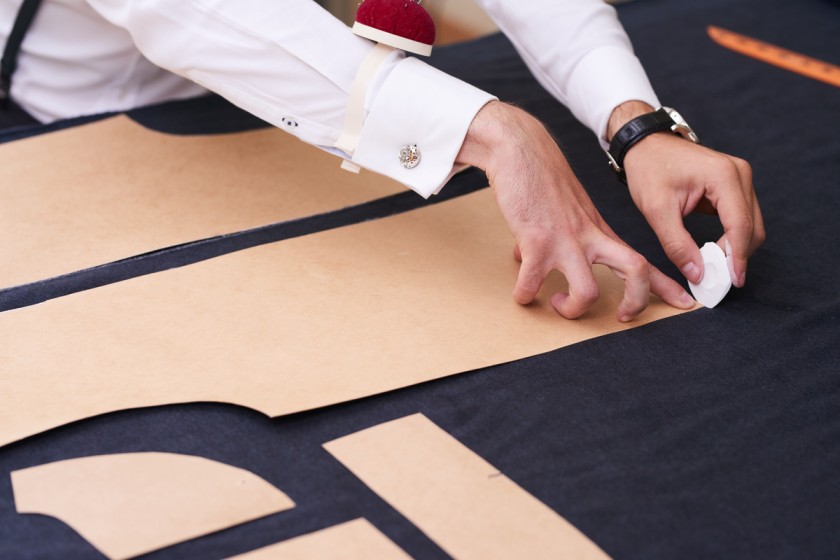
Conclusion
Creating a garment is one thing; ensuring that these creations reach the light of day is quite another else. When compared to textile makers, who are only labourers, pattern designers are expected to be creative while still fulfilling their administrative duties properly. This is a responsibility that lies exclusively on the shoulders of the pattern creator and no one else. Pattern makers in the fashion industry are responsible for ensuring that designs on paper communicate properly with tangible fabrics in the real world, just as directors in the film industry are responsible for ensuring that the script translates into a well-made movie. It is the fashion industry's practical and artistic expression when it comes to pattern design.
While designers are prone to getting their heads stuck in the clouds with brilliant plans and tricks that will not come to reality anytime soon, those who make patterns are entrusted with translating these visions into goods that can be generated in bulk or can be a part of the catwalk to great success on the fashion runway.
Fashinza is a well-known B2B garment production platform with a large customer base. With our website, you can effortlessly make an order and keep track of where it is. With this service, we want to assist garment businesses by linking them with possible suppliers.
















